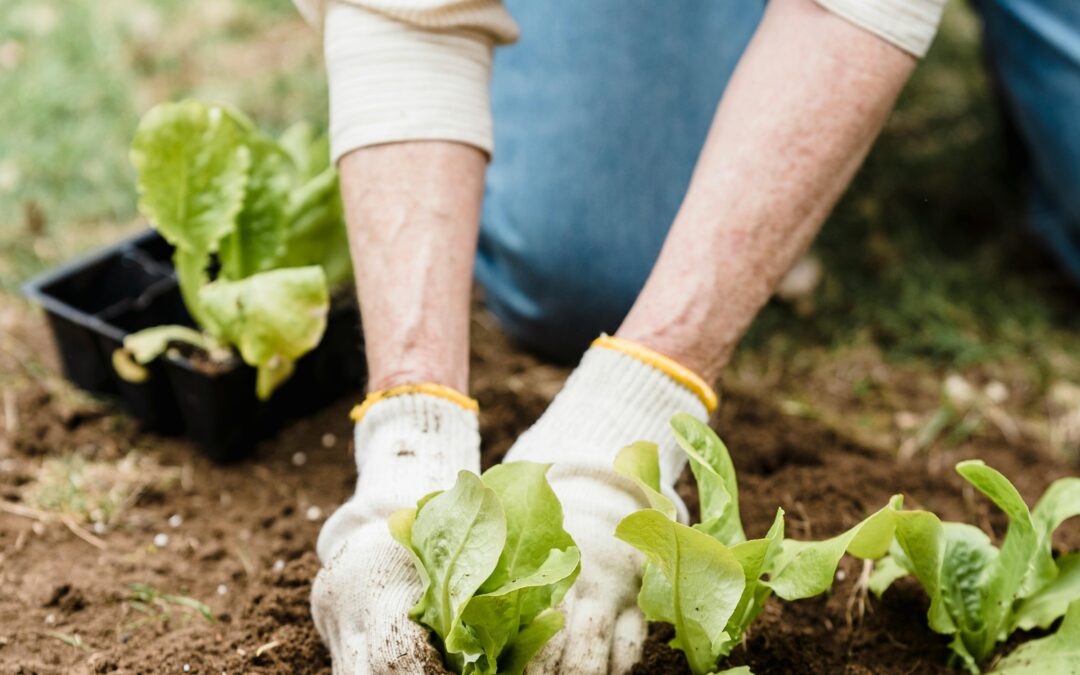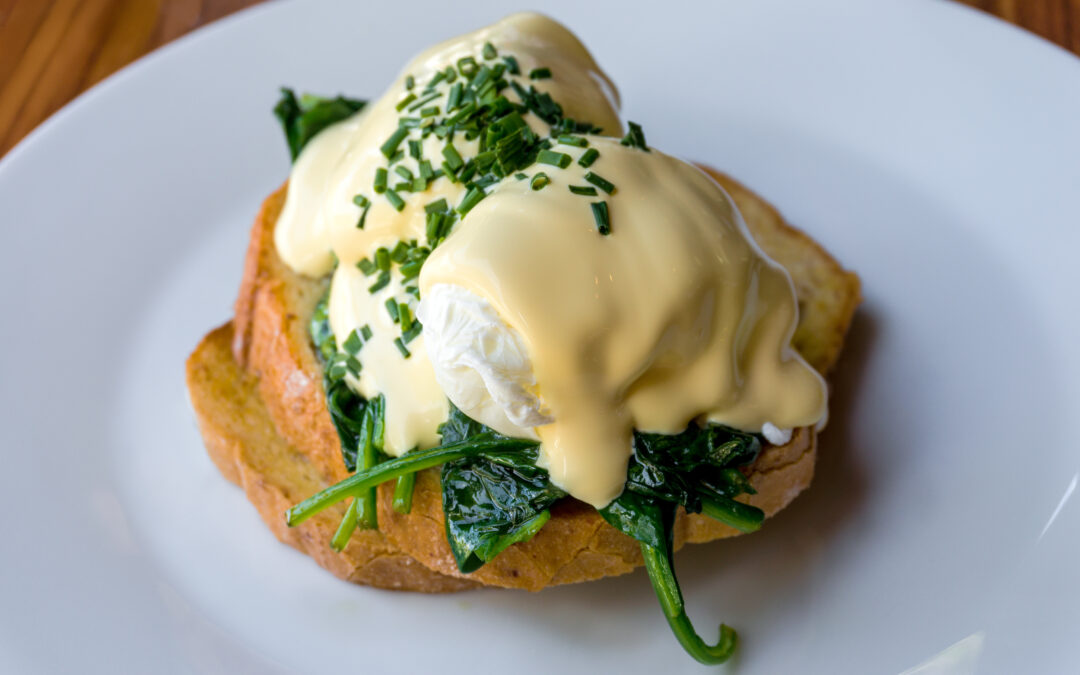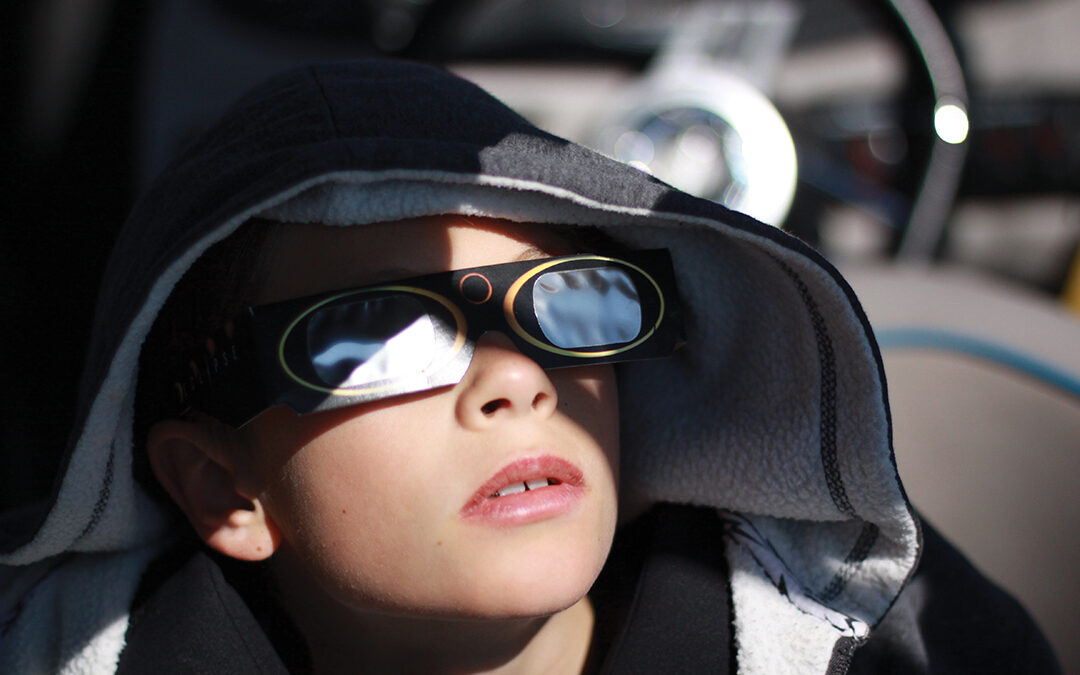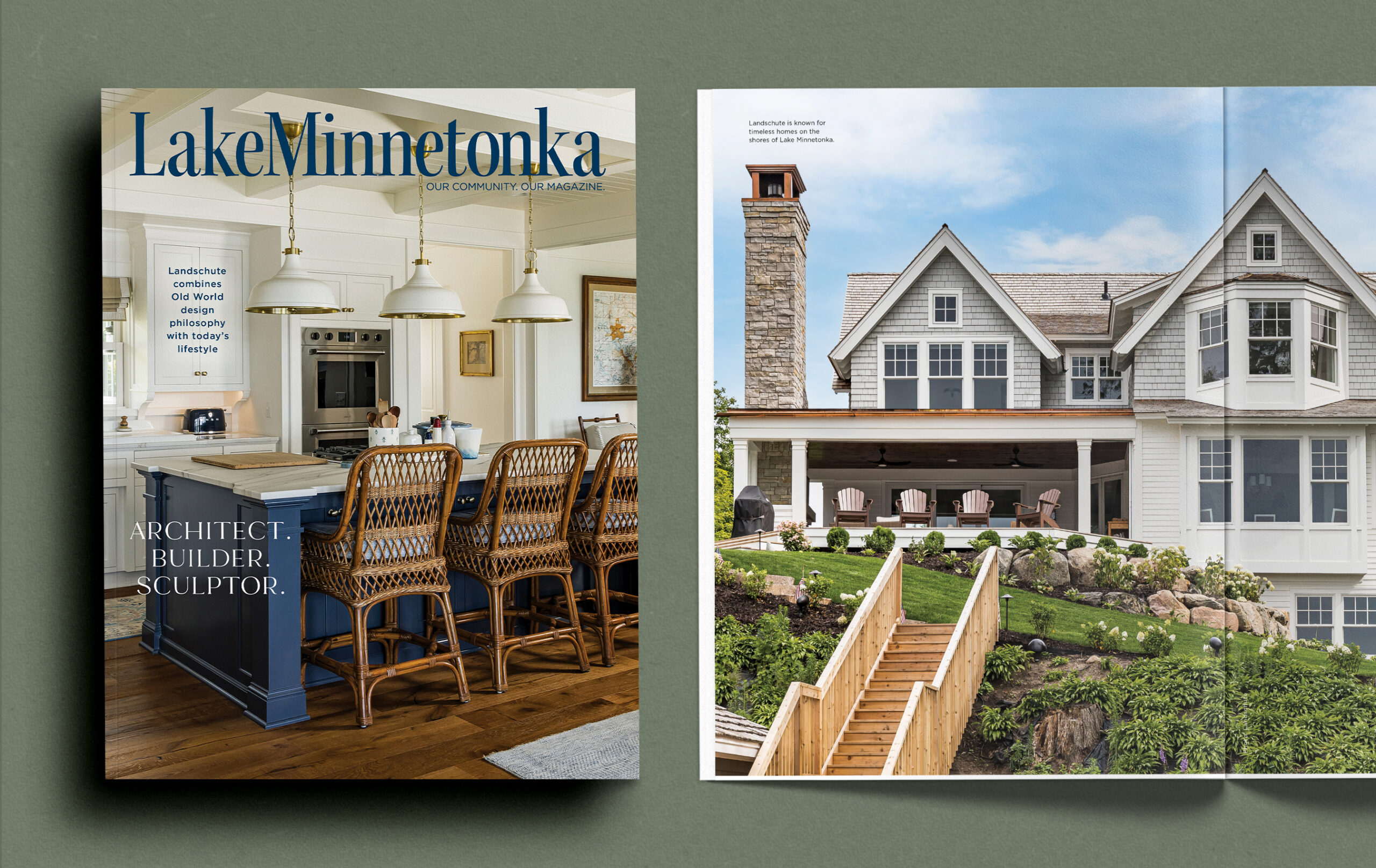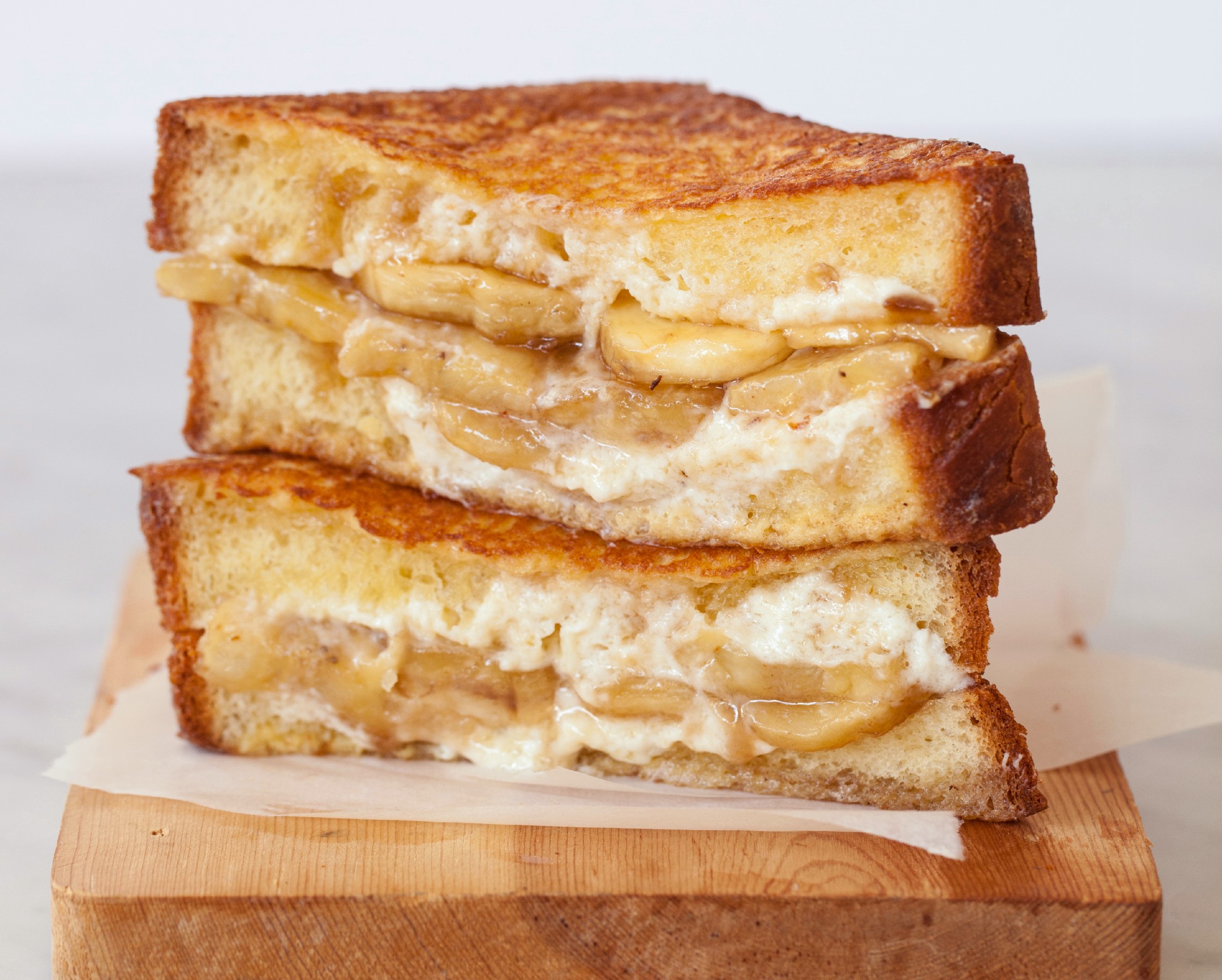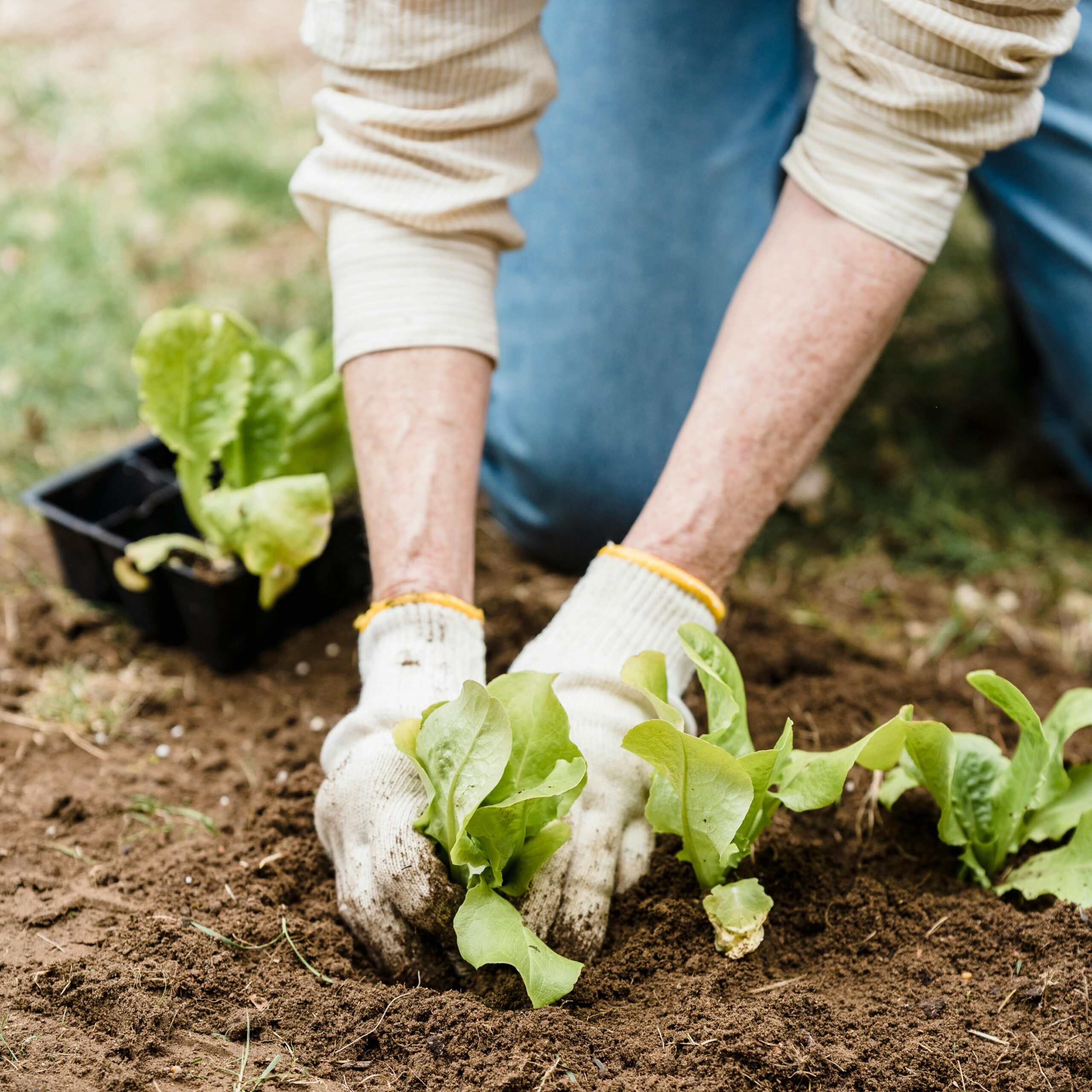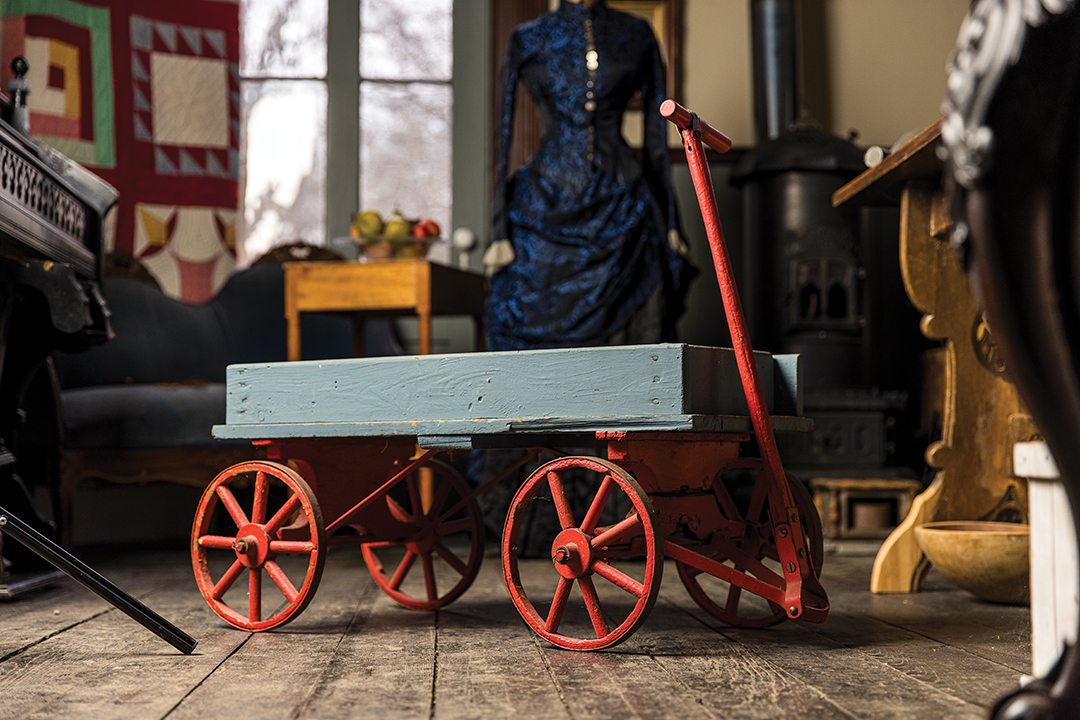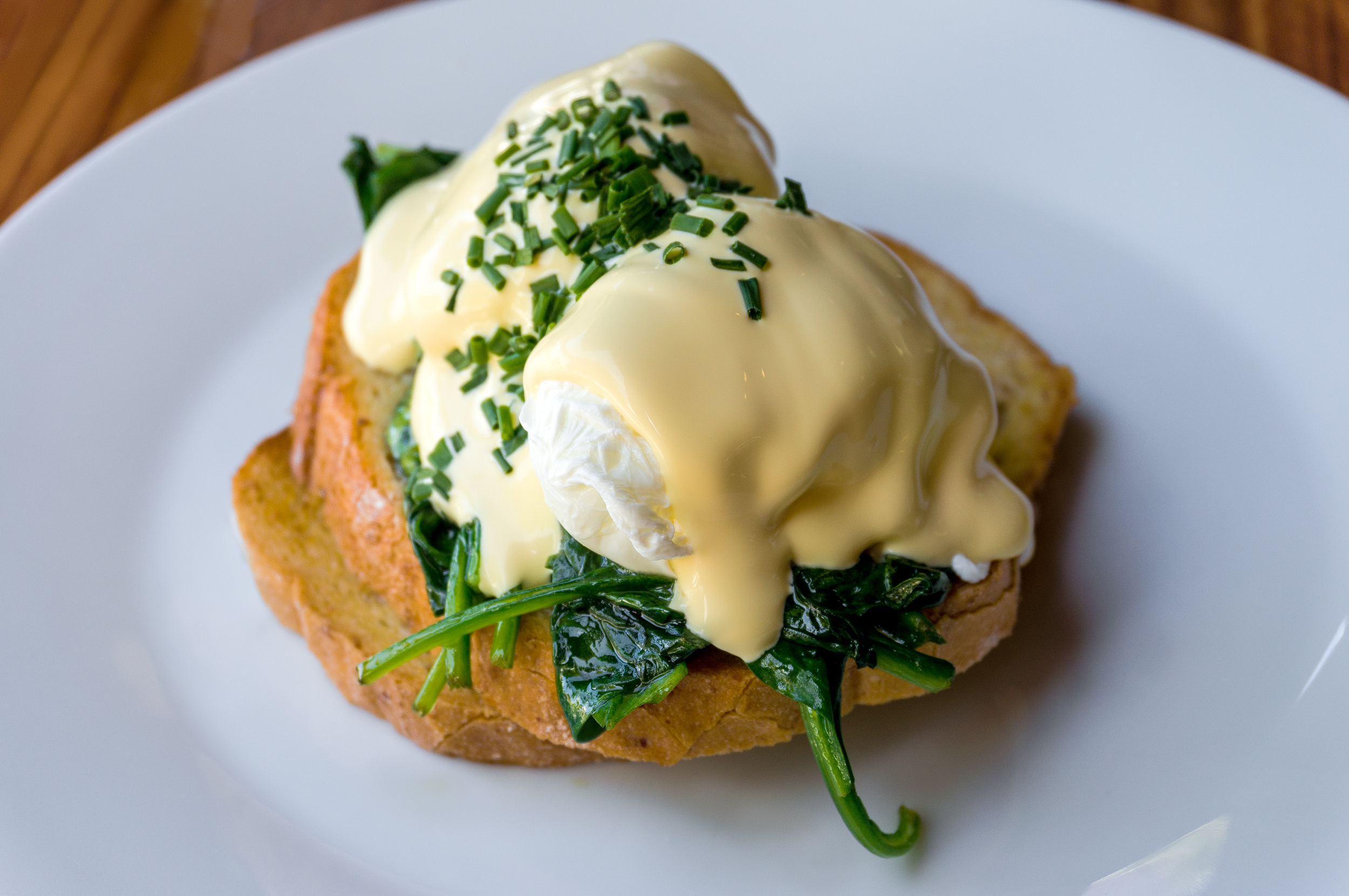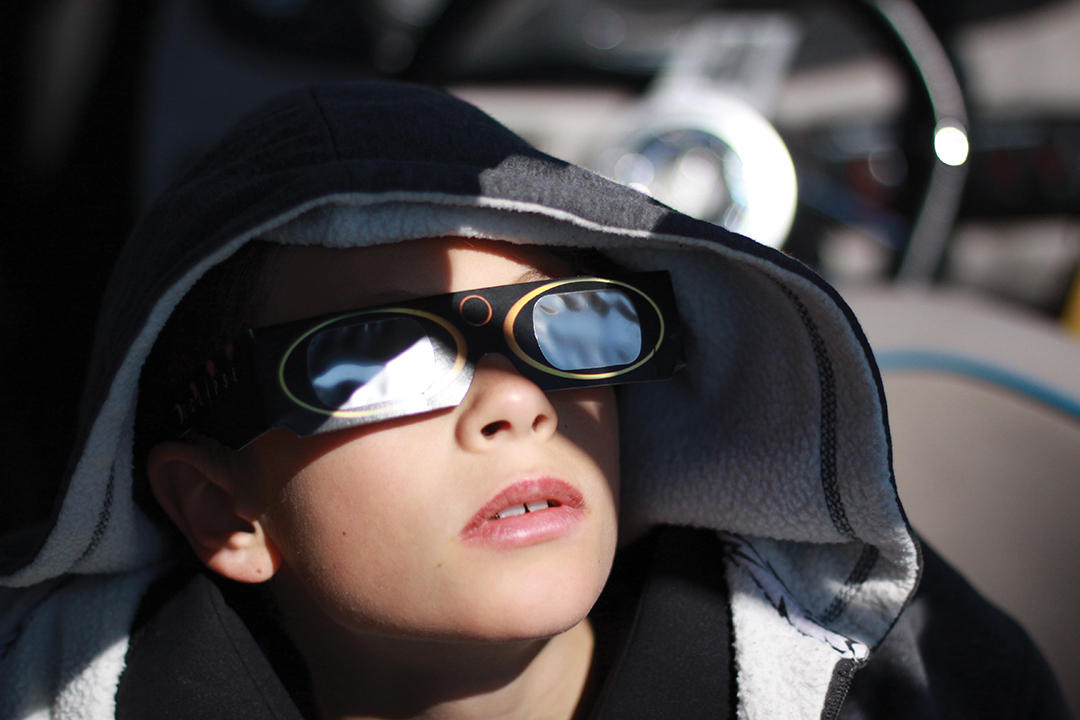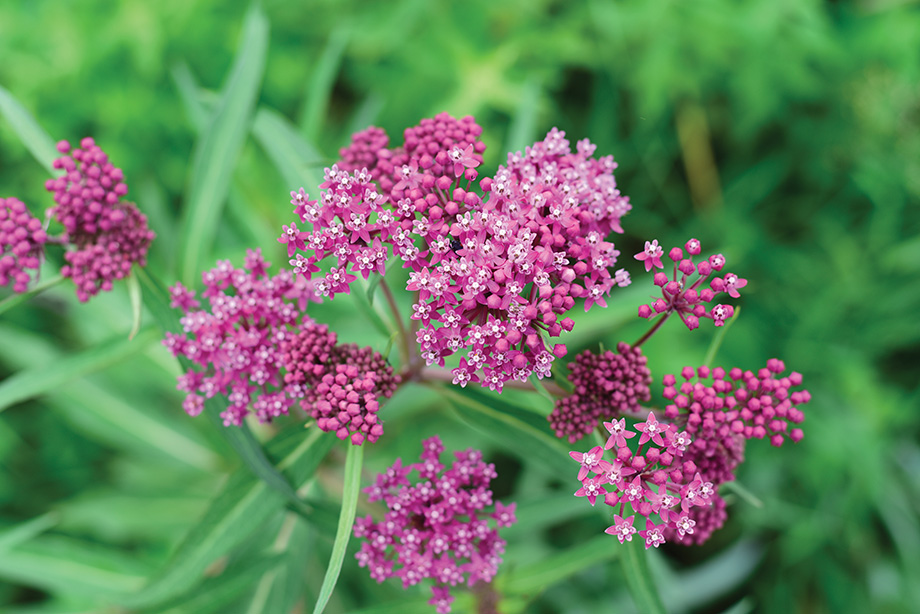
Butterfly Milkweed. Photos: Nick Kreevich; Minnesota Landscape Arboretum
Spring plantings can have a lot to offer in summer, fall and winter.
We get it. Winter’s color palette can be a bit monochromatic. While we appreciate a bit of white on white on white, it can elicit a touch of visual ennui—after month number four.
We understand the need to focus on the color-infused beauty of spring and summer plants, but it bodes well down the line to think about fall and winter, too. When it comes to orchestrating spring and summer plantings, consider adding in elements that play well in the warmer and colder months.
Alan Branhagen, the Minnesota Landscape Arboretum’s director of operations, suggests a variety of perennial plants that offer visual interest through winter.
Autumn Joy Sedum: These flowers come in clusters and are typically pink but gradually change to a deep rose after they bloom. “They don’t shatter,” Branhagen says. “They hold the snow.” They do die
in the wintertime, however, the stems that are left provide winter interest and can look beautiful in the snow.
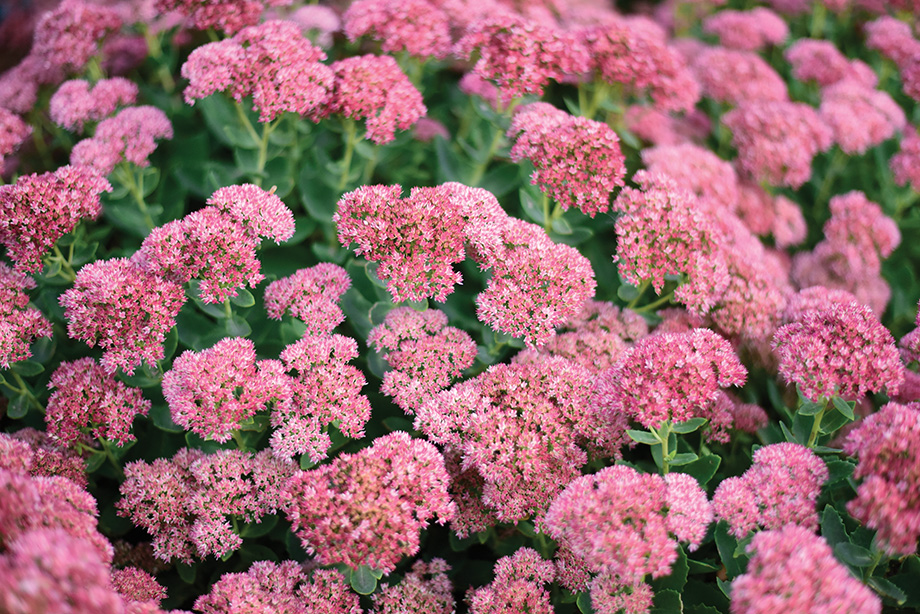
Butterfly Milkweed: These flowers also come in clusters and are usually bright orange. It also attracts a lot of monarch butterflies. “They have pretty pods that are usually a light tan,” Branhagen says. “I usually get them for the sun …” In the winter, its flowers, leaves and stem die back, however, its rootstock remains alive and provides winter interest.
Purple or Pale Purple Coneflower: The cone-shaped flower comes in a variety of colors, but the more native species tends to be purple or pale purple. “In the wintertime, their snowcaps are beautiful,” Branhagen says. “Their seedheads hold up, especially with the snow.”
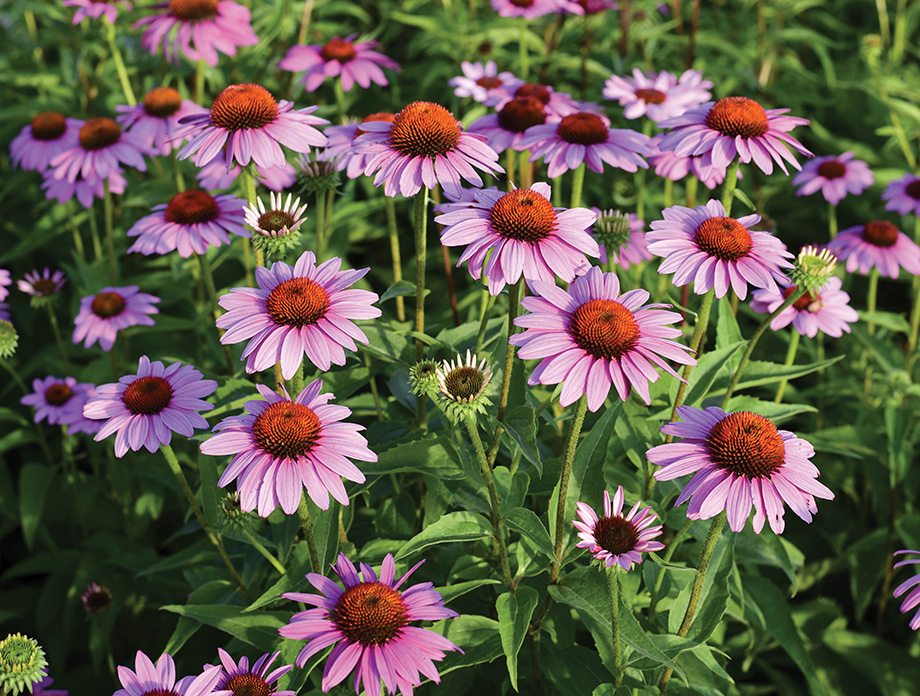
Red Twig Dogwood: In the spring, it grows white flowers in flat clusters and have dark green leaves. This shrub has bright red branches that provide color pops in winter. “The Cardinal Dogwood that we have here selected by the arboretum has salmon-colored branches and is also beautiful,” Branhagen says. “I also suggest Bud’s Yellow Dogwood, which has very yellow branches.”

Branhagen notes that the ideal time to plant his suggested plants is early fall, but planting in spring is perfectly fine, as well. “If the ground is workable, it’s a good time,” he says.
Bringing the outdoors inside is a wonderful way to add natural interest to tablescapes and other home décor vignettes. Sarah Jackson, the arboretum’s public relations and media specialist, recommends a traditional favorite—Hydrangeas, which come in a variety of shades, featuring white, pink, purple, blue and red blooms.
“They are able to stand up to winter,” Jackson says. “They are also able to stand up to drying.” The dried hydrangeas take on tan and brown hues, sometimes keeping a small touch of their summer outfits, and lend themselves to fall and winter décor inspirations.
Branhagen notes that they also offer a wonderful exterior presence. “Even left on the plant [outdoors], hydrangeas have a lot of winter interest,” he says. “They are able to hold flowers and seedheads in winter.”
Other choices include: Baby’s Breath, grasses, Globe Amaranth, Globe Thistle, Lavender, ornamental onions, Statice (annual and perennial), Straw Flowers and Yarrow.
Minnesota Landscape Arboretum
3675 Arboretum Drive, Chaska; 612.624.2200

